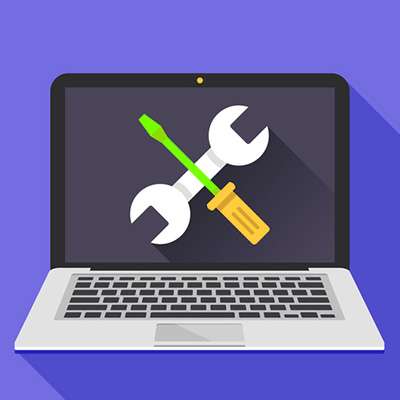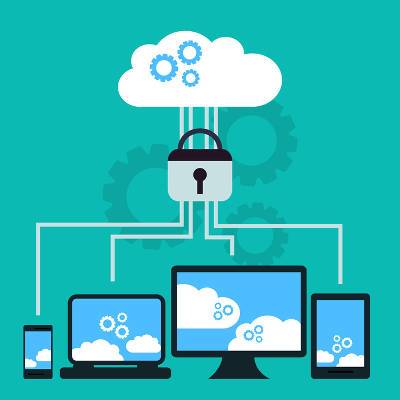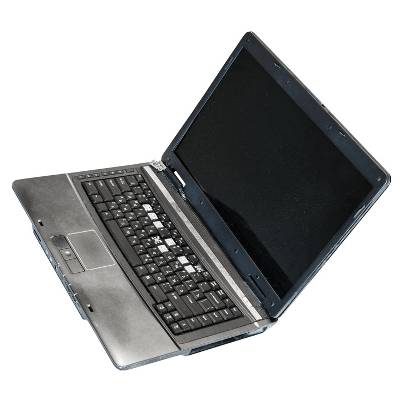Macro Systems Blog
It's likely that you’ve had to deal with the following scenario: You're efficiently working when you try to open an application only to be rebuked by an error message on the screen that tells you that there is some type of critical error. You close that out hoping that it was a one-time exception, but it appears up again. You think to yourself, “Why does this always happen?”
There's a good chance that if you're in business today, there at least a couple devices on your network that you haven’t touched in years, might not be using, or don’t even need. Sadly, there are times when the technology you have doesn’t do anything but take up space. If you feel like you are spending too much on your technology, you may be right. By finding the IT that helps your organization operate more smoothly, and terminating plans for implementing technology that doesn’t provide sustainable returns may be a sound strategy.
A technology roadmap is a vital asset to utilize when planning for your business for the near future. IT is turbulent and demands that you always think ahead; if you want to ensure technology doesn’t become a major pain point for your business, it’s best to start thinking ahead now. How should your business technology change and adapt over the course of 2019? Read more below.
Your business operations are contingent on your budget; your business will rely on its budget to guide it fiscally through the next year of operation. Alas, IT resources, which can be unpredictable, care little about your budget. Let's examine some ways that you can keep your IT budget from breaking the bank, as well as how you can improve success over time via proper management of your IT assets.
Technology helps organizations of all kinds keep their operations running effectively, but depending on the way that it’s managed, it could have harmful effects on your business. For example: if you have all kinds of solutions hosted on specific servers or workstations, you’re preventing them from being accessed by devices that aren’t connected to that specific network. Wouldn’t it be better if everything was centralized so that all of it could be accessed at a moment's notice?
How often does your technology experience trouble? If your business is constantly dealing with technical hiccups, your assets that are meant to be a boon to your organization, can quickly become a nuisance that holds you back. How can you take better care of your technology, and use it to usher in a new era of productivity?
With today’s great technology solutions, working remotely is no longer just a dream. Many businesses have either a partial or a complete remote staff, and it’s all held together by modern technology solutions. However, even with the latest tech, the remote worker still has to invest in their own success.
Every budget-minded business owner is always on the lookout for deals, especially when it comes to technology. The quest to save money might cause one to consider buying used computer equipment, which could work out great, or it could be disastrous, depending on a multitude of factors. If you’re serious about purchasing used computer equipment, then take into consideration these four tips.
The cloud makes operations more efficient and can save you plenty of capital in the long run, which is why many organizations are turning to it to further improve the way they do business. Yet, businesses that haven’t moved to the cloud will face steep competition from those that have. If you’re still not sure whether the cloud is right for your business, consider the following advantages of cloud computing for SMBs.
A connectivity to the cloud is a great opportunity that your organization can leverage to its advantage, but only if it’s done well. No two businesses will have the same exact configuration when it comes to cloud, as the needs and responsibilities that are accomplished through that cloud solution will change. This week’s tip is dedicated to helping you discover which cloud solution is right for you.
As 2018 marches on, certain technologies and implementations are becoming more utilized by businesses. These trends are expected to continue, so businesses should embrace these technologies sooner rather than later. Below let's take a look at some of these technologies, why they are expected to develop, and how you can use them to benefit your business.
The variety of malware known as ransomware erupted in popularity in 2016, encrypting victims’ files and demanding cryptocurrency payments to restore the data to the estimated tune of $1 billion. This may imply that large corporations are the primary targets of these cyber criminals; for some cyber criminals, they are.
As a business, your clients trust that you’re taking every measure possible to protect data, like personal information or financial records. However, with the number of businesses using electronic records continuing to climb, along with the rise of cybercrime attacks, many industries have begun to impose regulations and compliances that are designed to keep personal information secure. Health and finance are two of the most heavily regulated industries, with the government having stepped in and set a specific standard of data security regulations that these companies must comply with.
It goes without saying that businesses that don’t want to invest in the latest and greatest software solutions will be denying themselves the opportunity for more productivity and efficiency, but most of all, security will be put on the line. A new study has proven that there is a direct correlation between businesses that run older versions of out-of-date operating systems and web browsers, and organizations that suffer from data breaches.
Those in the business sector in charge of making decisions can often break down the choices they face as follows: benefit the short term vs the long term. If you’ve got experience with decision making, then you realize that planning for the long term works out better for all parties involved, including your bottom line. This is especially the case when it comes to big decisions involving technology.
Mobile devices have a prevalent place in the modern office. In fact, a recent study by Gartner found that 80 percent of all employees bring their personal mobile device with them to work. This Bring Your Own Device (BYOD) trend comes with a host of benefits, like improved productivity and employee morale, but it increases the risk of a corporate data breach if not properly managed. How should a concerned business owner respond to this trend?























